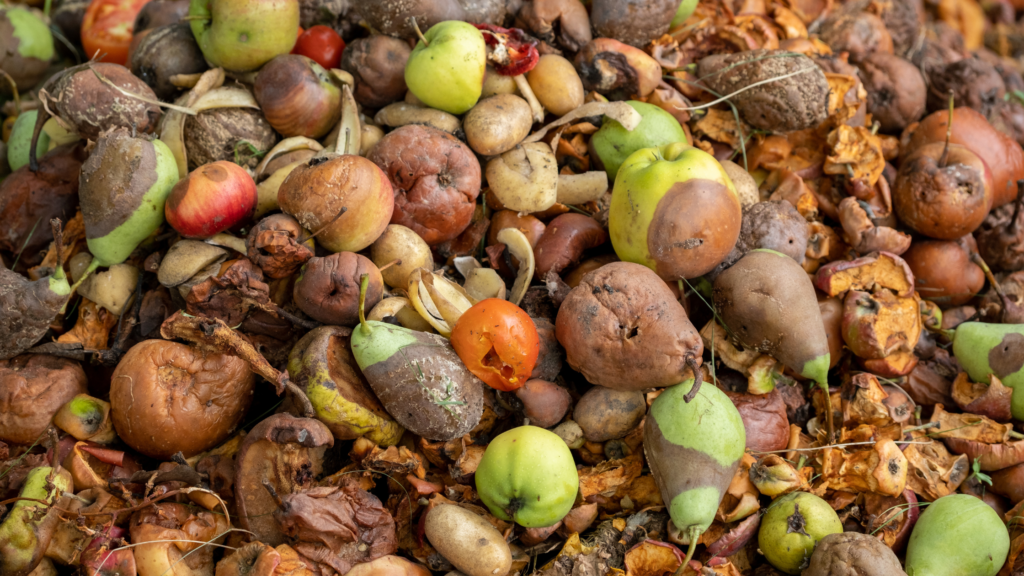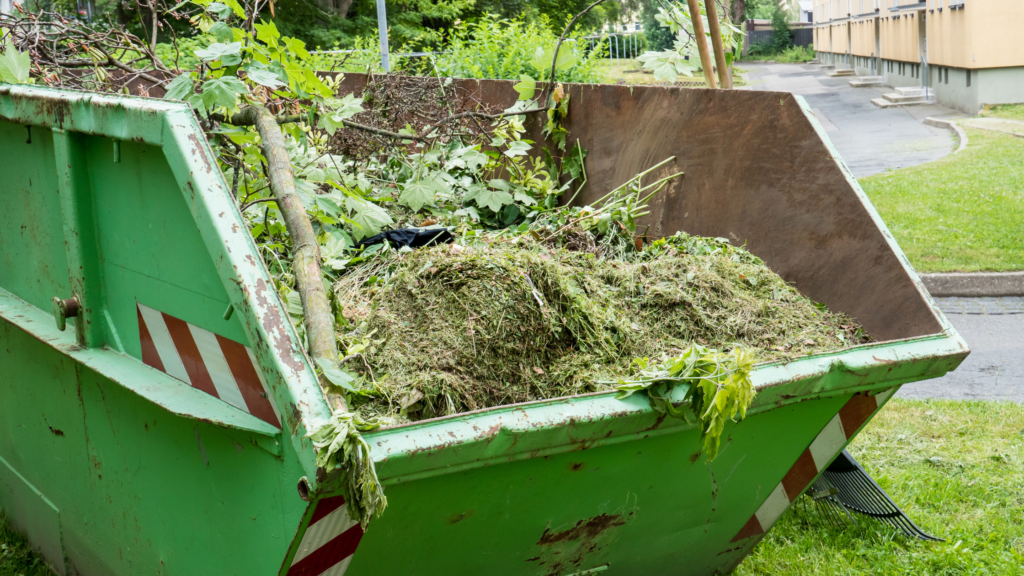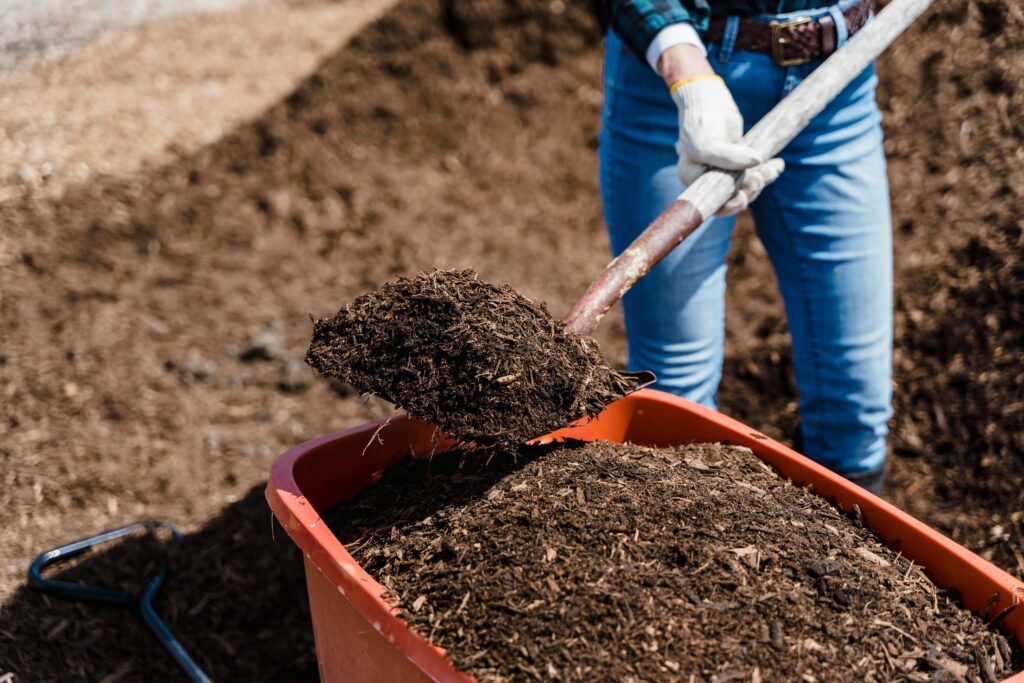Renewable energy derived from agricultural waste provides a sustainable alternative to fossil fuels, addressing global energy demands and reducing environmental impact. Agriculture, typically seen as resource-intensive, reveals significant potential through waste like crop residues, animal manure, and food processing byproducts. Traditionally discarded or burned, these materials can be transformed into valuable energy sources, significantly reducing greenhouse gas emissions and contributing to a cleaner, more sustainable future.
This potential becomes particularly evident when considering the sheer volume of waste generated by the agricultural sector. A significant portion of agricultural production ends up as waste. This includes crop residues like stalks, leaves, and cobs; animal manure; and food processing byproducts. While traditionally discarded or burned, these materials hold immense potential for renewable energy generation.
Types of Renewable Energy Sourced from Agricultural Waste

Several types of renewable energy can be harnessed from agricultural waste. Some of them are:
- Bioenergy: Conversion of organic matter into energy forms like heat, electricity, or biofuels.
- Biogas: The product of anaerobic digestion, where organic matter decomposes in an oxygen-free environment. Biogas primarily consists of methane and can be used for electricity generation, cooking, or heating.
- Biomass: Organic material used directly for energy production through combustion or conversion into biofuels.
- Biochar: A byproduct of pyrolysis, used as a soil amendment to sequester carbon and improve soil health.
- Ethanol: Produced from the fermentation of sugars found in crop residues, it is a renewable fuel for transportation.
- Syngas: Generated from gasification, a process that converts biomass into a gas mixture, which can be used for electricity or as a chemical feedstock.
- Biodiesel: Made from agricultural oils and fats through transesterification, used as an alternative fuel for diesel engines.
Technologies that Transforms Waste into Power
Advancements in technology are making it possible to efficiently convert agricultural waste into renewable energy. Leading methods include anaerobic digesters, gasification, and pyrolysis.
- Anaerobic Digesters: These enclosed chambers create the optimal conditions for microbes to break down organic matter and produce biogas. Advancements in digester design are increasing efficiency and processing capabilities.
- Gasification: This process converts biomass into a combustible gas mixture (syngas) through controlled heating in a limited oxygen environment. Innovations in gasification technology are improving efficiency and reducing emissions.
- Pyrolysis: Biomass is heated in an oxygen-free environment to produce bio-oil, charcoal, and syngas. Recent breakthroughs are focusing on optimizing pyrolysis processes for specific waste materials and maximizing energy yields.
- Fermentation: Agricultural residues, such as corn stalks and straw, can be fermented to produce ethanol, a renewable fuel that can be blended with gasoline to reduce carbon emissions.
- Transesterification: This chemical process converts oils and fats from agricultural waste into biodiesel, a sustainable alternative to traditional diesel fuel. Biodiesel can be used in existing diesel engines with little to no modification.
Benefits of Using Agricultural Waste for Renewable Energy

Harnessing agricultural waste for renewable energy offers a number of environmental, economic, and sustainability benefits. It significantly reduces reliance on fossil fuels, mitigating greenhouse gas emissions and combating climate change. Biogas production, in particular, captures methane, a potent greenhouse gas, from animal waste. This approach creates new revenue streams for farmers, transforming waste into a valuable commodity, supplementing farm income and fostering rural development by generating employment opportunities in the growing bioenergy sector. It also aligns with the principles of a circular economy. Waste is diverted from landfills, reducing the burden on natural resources and promoting sustainable waste management practices.
Furthermore, using agricultural waste for renewable energy enhances energy security by diversifying energy sources and reducing dependence on imported fossil fuels. This can lead to greater price stability and resilience in the face of global energy market fluctuations.
Case Studies
These examples demonstrate the ongoing advancements in the field of agricultural waste-to-energy technologies. Both companies are at the forefront of these developments, showcasing the potential of this sector for sustainable energy production.
- Takachar: As of October 2022, Takachar was recognized for its technology that converts agricultural waste into a solid, clean-burning fuel. The company was awarded the Earthshot Prize in 2021 and has since accelerated its efforts to tackle agricultural waste and emissions. They have also been awarded $1M by the Musk Foundation’s XPrize for carbon removal. Their technology, known as the Takavator Mini Unit, is now deployed in Southern India, on the west coast of the US, and in British Columbia, Canada.
- Vertoro: Vertoro has been making significant strides in developing liquid lignin technology, which can be used as a marine fuel. In May 2024, Vertoro extended its Joint Development Agreement (JDA) with Quadrise, a supplier of emulsion technology and fuels, to include sea trials of sustainable bunker fuels. This shows Vertoro’s ongoing commitment to advancing the use of agricultural waste for energy production.
These examples demonstrate the ongoing advancements in the field of agricultural waste-to-energy technologies. Both companies are at the forefront of these developments, showcasing the potential of this sector for sustainable energy production.
Challenges and Solutions
Despite its significant potential, agricultural waste-to-energy faces a range of challenges. Addressing these obstacles requires a comprehensive approach that includes technological advancements, supportive policies, market development, and investment strategies.
Technical Barriers
Efficiency Improvements: One of the primary technical challenges is improving the efficiency of conversion technologies. Current methods such as anaerobic digestion, gasification, and pyrolysis often have varying efficiency rates, which can affect the overall energy yield. Continuous research and development are crucial to enhance these processes, making them more effective and reliable. Innovations in microbial technology, enzyme applications, and reactor designs can significantly boost efficiency.
Cost Reduction: Another significant barrier is the high cost associated with biogas purification, transportation, and overall system maintenance. For instance, the purification process, which involves removing impurities like hydrogen sulfide and carbon dioxide from biogas, is expensive and complex. Developing cost-effective purification technologies and optimizing transportation logistics can help reduce operational costs and make agricultural waste-to-energy projects more financially viable.
Infrastructure Development: The lack of adequate infrastructure for collecting, storing, and transporting agricultural waste poses a significant challenge. Building efficient logistics networks and storage facilities can ensure a consistent supply of raw materials for energy production. Investment in rural infrastructure is essential to streamline the supply chain and enhance the overall feasibility of these projects.
Policy and Regulation
Incentive Programs: Supportive policies and regulations are vital to incentivize investment in agricultural waste-to-energy projects. Governments can introduce tax incentives, subsidies, and grants to encourage the adoption of renewable energy technologies. For example, feed-in tariffs, which guarantee a fixed price for energy produced from renewable sources, can provide financial stability and attract investors.
Standardization and Permitting: The regulatory landscape can often be complex and fragmented, creating barriers for project development. Standardizing regulations and streamlining the permitting process can reduce bureaucratic hurdles and accelerate project timelines. Establishing clear guidelines and consistent policies across regions can foster a more conducive environment for investment and innovation.
Environmental Regulations: Ensuring compliance with environmental regulations is essential to mitigate any potential negative impacts of waste-to-energy projects. Policies that enforce strict environmental standards can ensure that these projects contribute positively to sustainability goals without causing unintended harm.
Market Opportunities
Stable Markets: Developing stable markets for energy produced from agricultural waste is critical for the long-term viability of these projects. Creating demand for bioenergy products, such as biogas, biofuels, and electricity, can drive market growth. Governments and industry stakeholders can collaborate to promote the benefits of bioenergy and educate consumers about its advantages.
Long-term Contracts: Securing long-term contracts for energy supply can provide financial certainty for producers. Power purchase agreements (PPAs) and other long-term contracts can guarantee a steady income stream, making projects more attractive to investors. These co
Feed-in Tariffs: Implementing feed-in tariffs can encourage investment by guaranteeing a fixed price for renewable energy over a specified period. This policy tool has been effective in many countries for promoting renewable energy adoption. By ensuring a fair return on investment, feed-in tariffs can stimulate the growth of agricultural waste-to-energy projects.
Investment Potential
Attracting Investment: Attracting investment is crucial for scaling up agricultural waste-to-energy projects. Clear and transparent information on project feasibility, financial returns, and potential risks is essential to gain investor confidence. Detailed feasibility studies, risk assessments, and business plans can help investors understand the project’s potential and make informed decisions.
Public-Private Partnerships: Public-private partnerships (PPPs) can play a significant role in bridging the investment gap. By combining public sector support with private sector expertise and capital, PPPs can facilitate the development of large-scale projects. Governments can provide initial funding, policy support, and infrastructure, while private entities bring in technological know-how and financial resources.
Innovative Financing Models: Exploring innovative financing models can unlock new investment opportunities. Green bonds, impact investing, and crowdfunding are emerging as viable options for financing renewable energy projects. These models can attract a diverse range of investors, including institutional investors, private equity, and individual contributors, broadening the funding base.
Risk Mitigation: Developing risk mitigation strategies is essential to attract investment. Insurance products, guarantees, and hedging instruments can protect investors from potential losses and uncertainties. Creating a supportive financial ecosystem that addresses risks can enhance investor confidence and drive capital into the sector.
Addressing these challenges through a combination of technological innovation, supportive policies, market development, and strategic investment, the agricultural waste-to-energy sector can realize its full potential. This integrated approach can lead to a sustainable and resilient energy future, leveraging agricultural waste as a valuable resource for clean energy production.
Future of Agricultural Renewable Energy
Looking ahead, agricultural waste-to-energy holds immense potential for a more sustainable future. This innovative approach not only addresses waste management issues but also contributes to the global energy supply, offering a myriad of benefits.
Continuous advancements in conversion technologies are key to unlocking the full potential of agricultural waste for energy production. New methods and improvements in existing technologies are making processes like anaerobic digestion, gasification, and pyrolysis more efficient and cost-effective. For instance, enhanced microbial strains and enzyme applications can accelerate anaerobic digestion, yielding more biogas from the same amount of waste. Similarly, advancements in thermal conversion technologies are enabling the processing of a wider range of feedstocks, including those previously considered unsuitable for energy production.
The development of innovative materials and processes is also driving the future of agricultural waste-to-energy. Researchers are exploring the use of nanomaterials to improve the catalytic efficiency of gasification processes. Additionally, hybrid systems that combine multiple conversion technologies can optimize energy output and resource utilization, making the overall process more sustainable and economically viable.
The integration of automation and smart technologies is revolutionizing the agricultural waste-to-energy sector. Automated systems for waste collection, sorting, and processing can significantly reduce labor costs and improve operational efficiency. Smart sensors and IoT (Internet of Things) devices can monitor and optimize the performance of conversion systems in real-time, ensuring maximum efficiency and minimizing downtime.
As fossil fuel resources decline and climate change concerns intensify, agricultural waste-to-energy is poised for significant growth. This approach not only provides a renewable source of energy but also helps in reducing greenhouse gas emissions. By converting waste into valuable energy, we can reduce the reliance on fossil fuels, thus contributing to a more sustainable energy mix.
The long-term outlook for agricultural waste-to-energy is promising, with potential economic and environmental benefits. As the technology matures and becomes more widely adopted, economies of scale will further reduce costs, making these projects more attractive to investors. Additionally, the environmental benefits, such as reduced methane emissions from decomposing waste and improved waste management practices, will become more pronounced.
Agricultural waste-to-energy is expected to become a mainstream source of renewable energy. As awareness of its benefits grows, more farmers, businesses, and governments will invest in these technologies. Policies and regulations that support renewable energy adoption will further drive this trend, ensuring a stable and supportive market environment.
International cooperation and global initiatives will play a crucial role in the future of agricultural waste-to-energy. Collaborative efforts in research, technology development, and policy formulation can accelerate the adoption of these technologies worldwide. Organizations and governments can share best practices, provide technical assistance, and create funding mechanisms to support the deployment of agricultural waste-to-energy projects in developing regions.
By harnessing the power of agricultural waste, we can unlock a clean, sustainable energy source while mitigating environmental impacts and supporting rural economies. Investing in and promoting agricultural waste-to-energy technologies is an investment in a brighter future for our planet. Bottom Billion Corporation is a leading advocate for sustainable solutions, and we encourage you to explore the possibilities of agricultural waste-to-energy and contribute to a more sustainable future for all.Visit our website at www.bottombillioncorp.com to learn more about how you can get involved in supporting the development and implementation of agricultural waste-to-energy projects. Together, we can cultivate a cleaner, more sustainable future powered by the ingenuity and resources of the agricultural sector.



